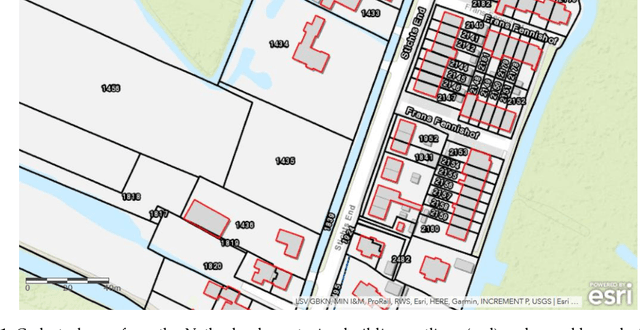Robust object extraction from remote sensing data
Paper and Code
Apr 03, 2019



The extraction of object outlines has been a research topic during the last decades. In spite of advances in photogrammetry, remote sensing and computer vision, this task remains challenging due to object and data complexity. The development of object extraction approaches is promoted through publically available benchmark datasets and evaluation frameworks. Many aspects of performance evaluation have already been studied. This study collects the best practices from literature, puts the various aspects in one evaluation framework, and demonstrates its usefulness to a case study on mapping object outlines. The evaluation framework includes five dimensions: the robustness to changes in resolution, input, location, parameters, and application. Examples for investigating these dimensions are provided, as well as accuracy measures for their qualitative analysis. The measures consist of time efficiency and a procedure for line-based accuracy assessment regarding quantitative completeness and spatial correctness. The delineation approach to which the evaluation framework is applied, was previously introduced and is substantially improved in this study.
 Add to Chrome
Add to Chrome Add to Firefox
Add to Firefox Add to Edge
Add to Edge